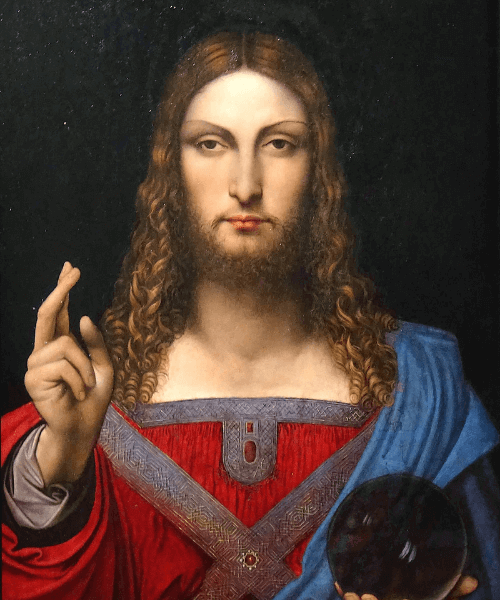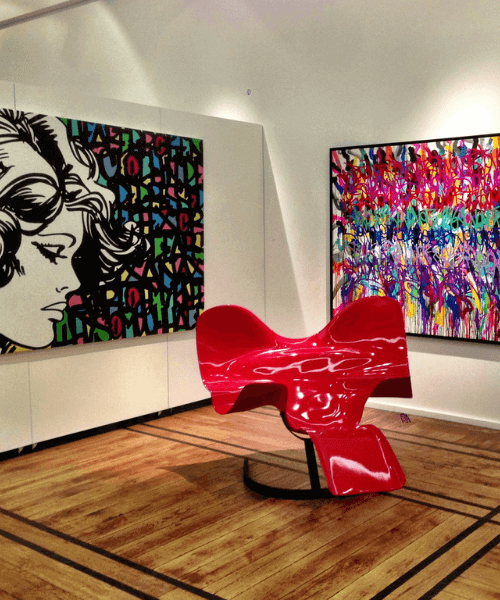Understanding the rating of an artwork
How can a work get this estimated selling price? What is the rating of a work of art? How to establish a quotation? What are the criteria for setting the price of a painting?
Here are our explanations.
Summary
A definition of the rating of an artwork
The term "art market" is used to refer to the trade in works of art. Artists sell their creations through intermediaries (galleries, auctions) or directly to art lovers. These transactions are not regulated.
The artist is free to set the price according, as in all commerce, to the law of supply and demand.
The rating, an economic consideration, does not represent the value of the work which is subjective. The two are, however, often linked. So that the potential buyer can find their way around, the works of artists who have already been the subject of transactions are listed with a notification of their price. However, only auction results are recorded. The amounts of sales to galleries or to the artist are not cataloged. For each sale, a certificate of authenticity is issued, but the sale price and the name of the purchaser are not included.
How is the rating of a work of art established?
Depending on whether it is modern (ancient) or contemporary art, that is, created by artists who are still living or not, the procedure for establishing the rating of an artwork of modern art is different.



The price of a modern artwork
The experts of each artist rely on the results of the auctions.
They know exactly the market price and are able to properly estimate the work. Their expertise is based on the artist's existing work since his production, in the case of old art, is not renewed. Prices vary depending on the economy and popularity of the artist.
A retrospective of an artist in a large museum helps raise estimates for upcoming sales. In the case of a buy for an investment, there is no fair price, the odds are fluctuating and unpredictable.
The rating of a contemporary artist
The course of an artwork is constantly re-evaluated according to the economy of the market but also to the artist's career and his possible supporters. If a great, renowned collector acquires a work, the artist’s price rises.
The criteria used to establish an artist's rating are as follows:
- the training of the artist;
- his artistic career (his exhibitions);
- the prestige of its collectors;
- the results of its auctions.
If the artist has not yet sold in this network, art professionals know how to estimate a work according to its format, the artist's background and other information.
This is the case for emerging artists for whom their expertise is invaluable. For young artists, galleries generally offer a price depending on the format of artworks.
For example, a small format painting can sell for a reasonable price of 95 euros. A larger work is more expensive.
The same principle is applied for sculpture, taking into account the technique used. For a painter, a sculptor or a photographer, acceptance in a gallery is recognition of his talent and a guarantee of the quality of his work.
How to get an artist's rating?
If the artist has already sold one of his paintings or sculptures online, you will find a list of his sales there, after subscription.
The websites of the auction houses also announce the results of their transactions.
To find out the prices of new or little-known artists, we advise you to contact an expert. In the case of a sale, some professionals can make a free estimate of the works. For a purchase from a gallery, do not hesitate to ask for advice or clarification on the amounts indicated.
Complementary articles:
On the subject:
Understanding the art market
Find out more:
- The first art market
- The second art market
- or buy an artwork
- The taxation of an artwork
- How to resell an artwork?







